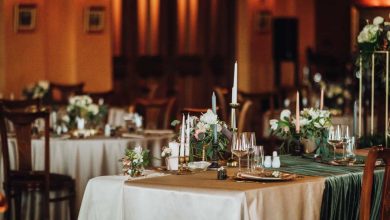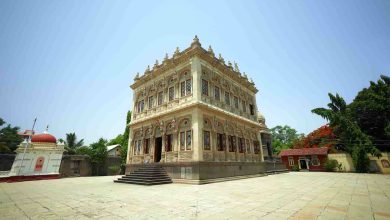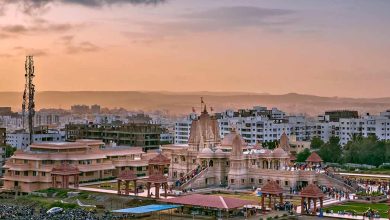Shaniwar Wada is a historic fort that stands mighty tall in Pune. It attracts tourists worldwide with its architectural grandeur and intriguing history. The Peshwas were the prime ministers of the Maratha empire and Shaniwar Wada served as their official seat. Though a major part of this fort now lies in ruins, that doesn’t stop history buffs from exploring the place! Also, Sanjay Leela Bhansali’s Magnum Opus film – Bajirao Mastani has created quite some interest around Shaniwar Wada and people come here in great numbers to explore the residence of the Maratha Peshwas.
Here’s everything you need to know about Shaniwar Wada, its history, architecture, legends and entry details.
Read on!
About Shaniwar Wada
Shaniwar Wada was built in 1732 by Peshwa Bajirao I. It served as the official place where the Peshwas met with their subordinates and council to discuss matters of political importance. It is very famous for its grand gates, beautiful gardens, assembly halls and the gorgeous palace that is designed to cater to the needs of the Marathas. It has a history of 287 years and it represented the Maratha’s vibrant rule and was built when they were in their prime. In 1828, a mysterious fire broke out and a part of Shaniwar Wada burnt down to the ground. There are so many stories associated with this unfortunate incident. We will discuss a few in this blog so do not stop reading!
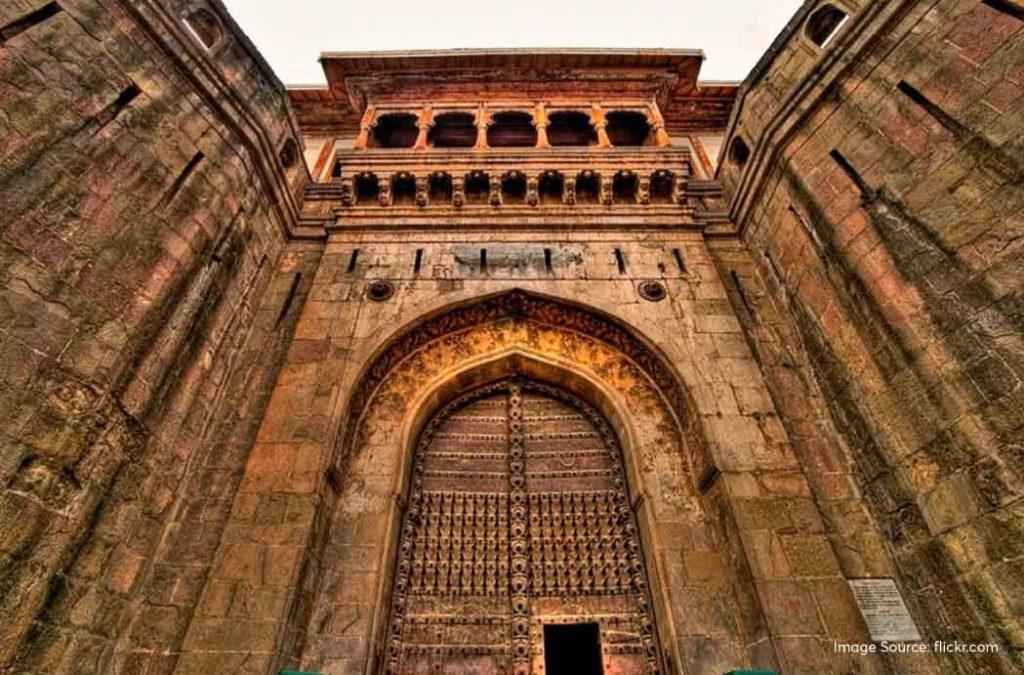
If you like reading about forts and their legends, you will certainly enjoy knowing about Mehrangarh Fort, a classic example of grand architecture and a result of several sacrifices.
History of Shaniwar Wada
Ever since it was built, Shaniwar Wada had to endure a lot of damage. Despite all of the struggles, whatever is left of it reminds people of the glorious rule of the Marathas.
Peshwa Bajirao I laid down the foundation of Shaniwar Wada in 1730. The word ‘Shaniwar’ means ‘Saturday’ and ‘Wada’ means ‘Fort’. The construction of the fort was completed in 1732. However, the structure was supposed to be seven-storied and completely built out of stone. The base foundation of the fort cum palace was complete and the craftsmen used stone according to initial design. However, during those times, only the king had the authority to build structures made of stone for himself. This is the reason the people of the Maratha empire had a word with Chhatrapati Shahu and urged that Bajirao should not be allowed to build a stone palace for himself. Thereby, the rest of the floors were built using brick.
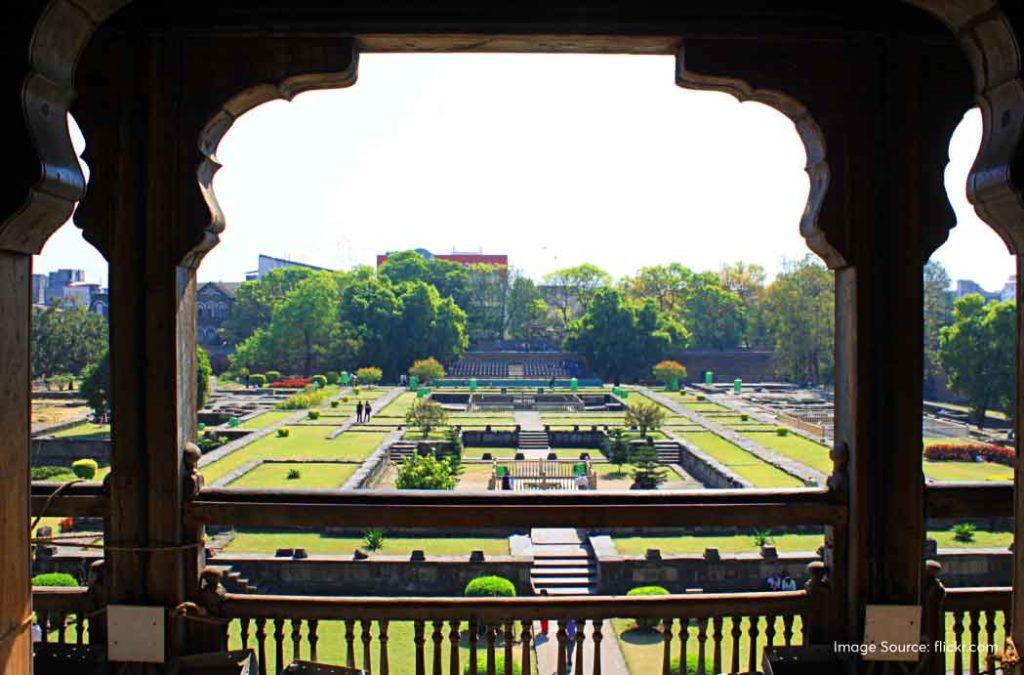
During the third Anglo-Maratha war, the brick structure of Shaniwar Wada couldn’t endure the impact of the British artillery. The majority of the palace’s levels came crashing down. In 1818, after their victory, the East India Company took full control of Shaniwar Wada.
The fire that we talked about before, engulfed the palace in 1828 and the reasons behind its outbreak are still unknown. After the accident, only the granite parts, deep foundations and teak entrances remained. What is left of Shaniwar Wada stands as a major tourist attraction in Pune today.
Just like Shaniwar Wada, Nahargarh Fort is another citadel that stands mighty tall overlooking the magnificent Aravalli mountain range.
Architecture of Shaniwar Wada
Shaniwar Wada is the best example of the Maratha architectural style which is a perfect blend of Indian architectural design with Persian elements. The base foundation is made of stone, followed by brick walls for the middle storeys and the upper storeys were made of wood.
The key architectural features include the gates, palace complex, gardens and fountains, defence elements and watch towers.
Gates
1 – Delhi Darwaza
The Delhi Darwaza is the main entrance of Shaniwar Wada that faces north towards Delhi. There was a reason behind constructing it that way. Bajirao was so determined to remove the influence of the Mughal Empire from India, so much that he wanted the gate to face the Mughal imperial capital. It would remind everyone in his court about their ultimate goal.
The Delhi Darwaza was so tall that it could easily fit an elephant and also his rider on the top, seated on their canopies. However, to avoid elephants marching in during unforeseen attacks, the gates also have spikes at the level of an average elephant’s head. This would incapacitate or hurt the elephants before they could barge in.
To reach the central complex from Delhi Darwaza, the incoming army should turn sharply right followed by a left. This would buy enough time for the Maratha army to attack and keep the enemies at bay.
2 – Khidki Darwaza
The Khidki Darwaza is named so because it has a window-like opening on it, through which people could gaze outside or see who’s on the other end. It faces the east.
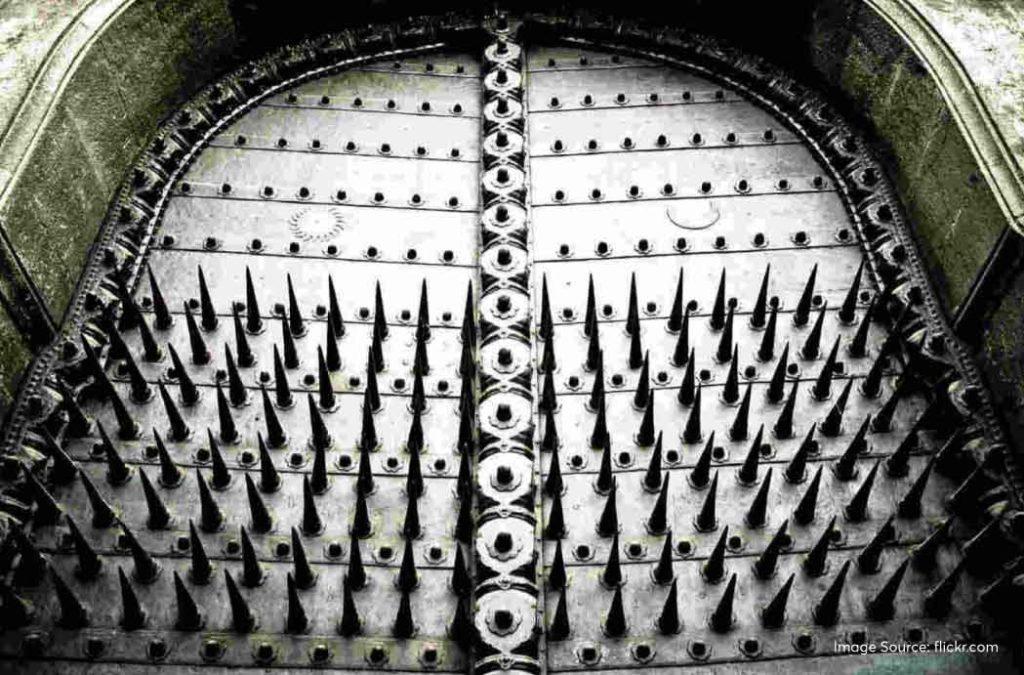
3 – Ganesh Darwaza
This south-east facing door led to Ganesh Rang Mahal. This door also led to the Kasba Ganapati Temple and the ladies of the Maratha palace used to go through this Darwaza all the time to access the temple.
4 – Jambhul Darwaja or the Narayan Darwaza
Jambhul Darwaza was initially used by the concubines who used to enter the palace grounds through this door to meet their partners. They also left the fort using this door, avoiding the queens or the royal wives. Also, this was the door through which Narayanrao’s corpse was removed from the fort for cremation. That is why it is also called the ‘Narayan Darwaza’.
5 – Mastani Darwaza
The Mastani Darwaza was exclusively used by Mastani Sahiba, the second wife of Peshwa Bajirao I to enter and exit her palace, the Mastani Mahal. It was also called the Ali Bahadur Gate.
While Shaniwar Wada’s history dates back to the time of the Marathas, the story of Kalinjar Fort is much older and is deeply rooted in Hindu mythology.
Palaces
1 – Thorlya Rayancha Diwankhana
This was the main audience hall used by the senior Maratha Peshwa or Bajirao I. ‘Thorle’ means ‘first’. Bajirao I was the founding father of Shaniwar Wada and he conducted all his official sessions, meetings, state functions and important political discussions here. The hall was beautiful with teak pillars. curved teak arches and ceilings that depicted the stories of Maratha’s courage. Beautiful glass chandeliers hung from the ceiling and the floors were made of the finest marble. The walls also had paintings that told the stories of Hindu epics like Ramayana and Mahabharata.
2 – Naachacha Diwankhana
This was the hall used for dance performances and cultural displays. It had a wide central space where artists could display their talent and seating on either side to accommodate the Peshwa’s guests. This is where the royals were entertained and the room had the right kind of ambience to calm anyone who enters it. During festivals and special occasions, the place lit up gloriously.
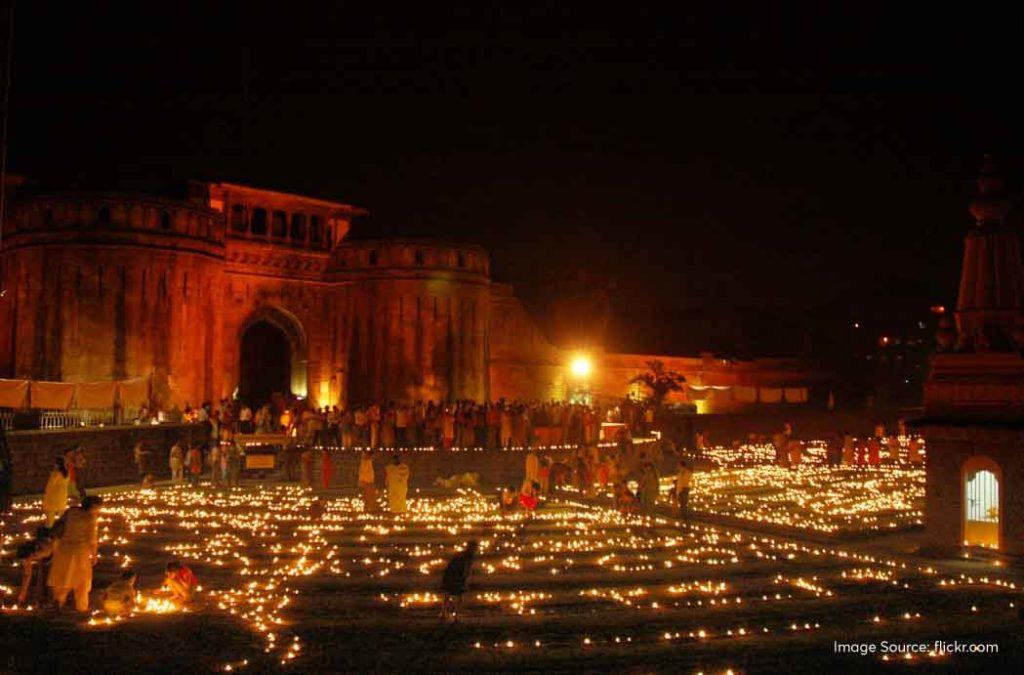
3 – Juna Arsa Mahal
The Juna Arsa Mahal or the Old Mirror Palace was adorned with multiple mirrors that reflect light and made the place look like a piece of heaven. The numerous mirrors had intricate designs, produced a dazzling effect and also made the hall appear way bigger than it really was. It signified the luxurious lifestyle of the Peshwas and was true to the artistic tastes of the Maratha rulers.
It is important to note that none of these halls exist now after the palace took the brunt of attackers and accidents. We only have the descriptions of the rooms. If you hire a tour guide at the place, they will be more than happy to show you where these halls once existed.
Gardens and Fountains
The complex also had an impressive lotus fountain in the garden. This was called the ‘Hazari Karanje’. The spectacle was constructed to amuse the infant Peshwa Sawai Madhavrao. The fountain was shaped like a sixteen-petaled lotus with an eighty-foot arch. It was one of the most complex fountains of that time.
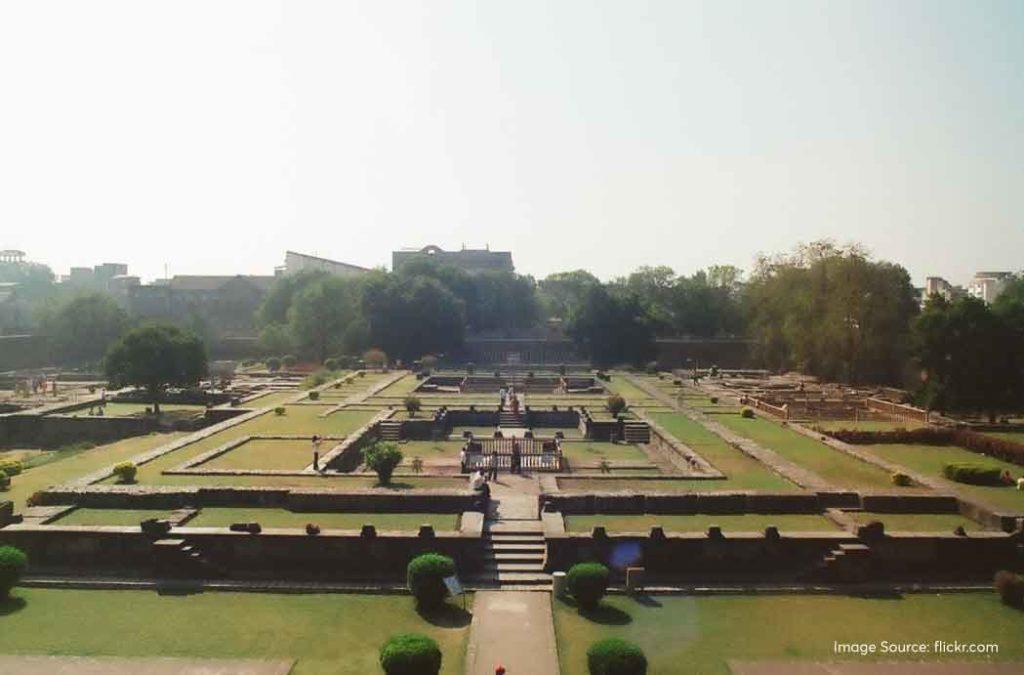
Shaniwar Wada was also surrounded by impressive lush green gardens. You can get a glimpse of these during your visit.
You will also find a tall statue of Bajirao I in the premises. Don’t forget to check out the water conservation spaces and reservoirs that the Marathas built during their time.
Why is it considered haunted?
People claim that Shaniwar Wada is haunted and it is not ideal to visit the place post-sunset. Also, on full moon nights, people avoid loitering near the ancient construction. To understand the reason behind this, we must know the story of Narayanrao.
Narayanrao was the son of Madhavrao I, the fourth Peshwa of the Maratha Empire. After his untimely death, the responsibilities of the court passed on to his son, Narayanrao. However, he was a young man who had little knowledge of the palace activities and was very inexperienced. His uncle, Raghunathrao believed that the seat of the Peshwa must have passed on to him but the council chose to follow the line of inheritance to the next of kin. He was very dissatisfied and so was his wife, Anandibai.
Raghunathrao and his ambitious wife, Anandibai, plotted to remove Narayanroa from power. The opportunity presented itself to Anandibai. Raghunathrao sent orders to his guards to capture Narayanrao and imprison him. He sent a letter that read – ‘Narayanrao la dhara’ which translates to ‘capture Narayanrao’. However, the wicked Anandibai changed the letters to ‘Narayanrao la mara’ which means ‘kill Narayanrao’.

In 1773, a group of Gardi guards entered the grounds of Shaniwar Wada and headed right to the sleeping chambers of Narayanrao. Sensing the danger to his life, the young man ran out of his room and screamed for his uncle – ‘Kaka! Mala Vachva’ which means ‘Uncle, save me’. Unfortunately, the guards caught him and killed him brutally. His body was dismembered.
It is said that even today you can hear Narayanrao calling for help in the late hours of the night. This becomes more prominent on the full moon days. Also, Shaniwar Wada had seen so many deaths. Apparently, you can also hear ladies giggling, the sound of anklets, the marching of armies and royal sessions. This is what the locals say.
Not just Shaniwar Wada, other haunted forts in India have equally interesting legends associated with them and will send a chill down your spine.
Entry and timings
Shaniwar Wada is open on all days from 8:00 AM to 6:30 PM. Indians must buy a ticket that costs INR 5 per head. Foreigners will be charged INR 125 for the same ticket.
Light and sound show
The light and sound show of Shaniwar Wada is a visual treat that tells you the story of the palace fortifications, the Marathas, Bajirao the First and how the Peshwas played a very important role in shaping the Maratha empire. It happens in the evenings and you will have to buy your tickets in advance from the counter in the place. The show is for about 55 minutes and is available in both Marathi and English.
Ticket booking timings – 6:30 PM to 8:30 PM
Marathi show timings – 7:15 PM to 8:10 PM
English show timings – 8:15 PM to 9:10 PM
Ticket fee – INR 25
Apart from the sound and light show, Shaniwar Wada also serves as a venue for cultural events and Pune festivals.
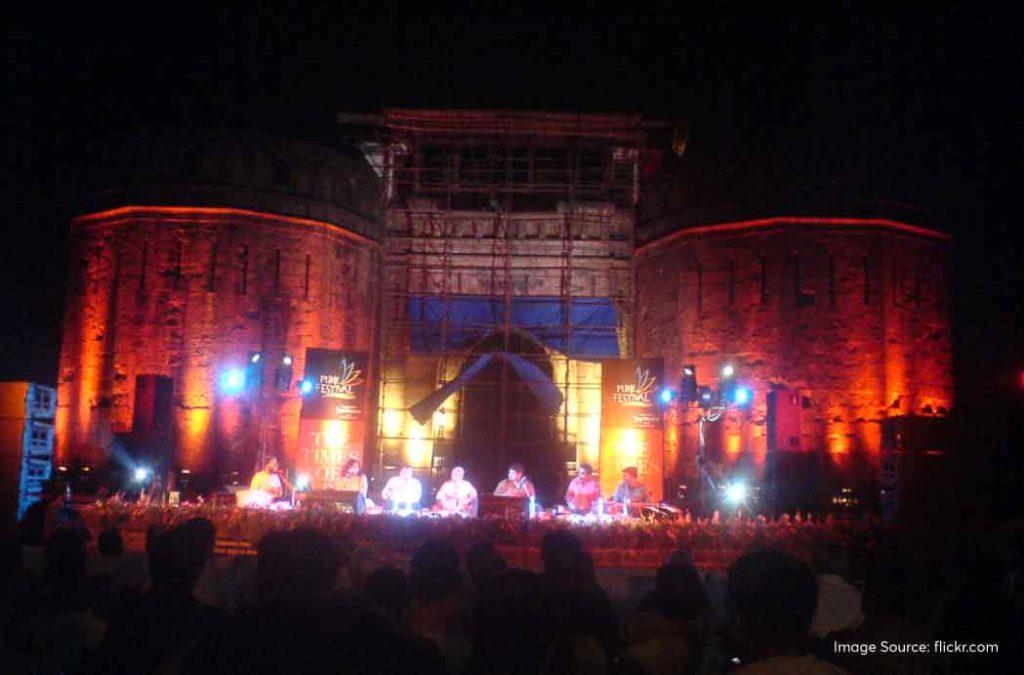
You can get a lot of information related to the Maratha rulers and the Peshwas from the museums in Pune. They showcase old artefacts, historic relics and paintings from the bygone era.
How to Reach Shaniwar Wada?
By Air
Pune International Airport receives both domestic and international flights every day. You can easily board a flight from Delhi, Jaipur, Ahmedabad, Mumbai, Chennai, Hyderabad and Bengaluru to reach Pune. Shaniwar Wada is about 11 kms away from the airport.
By Rail
Multiple railway junctions in Pune receive trains from many Indian cities. These include the Pune, Khadki, Shivajinagar, Ghorpuri, Dapodi and Hadapsar junctions. You can take a train that connects your city with any of these junctions and you are good to go!
By Road
You will find interstate buses that run between major Indian cities like Hyderabad, Chennai, Bengaluru, Mumbai, Delhi and Pune. If you are on a road trip, NH9 connects Hyderabad to Pune through Solapur. Cities like Chennai, Bengaluru, Delhi and Mumbai are also connected to Pune through NH4.
It would be wise to book your hotels in Pune near Shaniwar Wada for easy commuting. You can also stay back to watch the light and sound show that starts in the evening and runs till the early hours of the night.
Shaniwar Wada was and still is the Maratha pride. It was a place that the Peshwas called their own and its presence intimidated not just the Mughal warriors but also the Britishers who wanted to establish their stance in the country. It is a great reminder of India’s cultural history and heritage.
